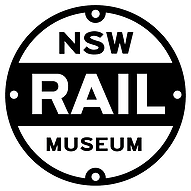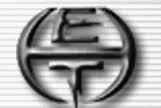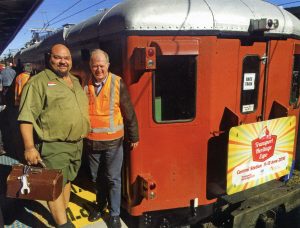
Train driver Nathan “dodgy” Lyons, with full 1980’s era greens and “Gladstone Bag”, stands alongside Sydney Trains CEO Howard Collins at the inaugural run of Red Set F1 in June 2016.
Red Set F1 exists today as a set of four “red rattlers” selected from a fleet of preserved electric cars retained in the early 1990s. After a 13 year period of politically tumultuous times in NSW heritage rail history, Red Set F1 was finally retrieved from HET’s workshops at Redfern and taken to Sydney Trains’ Flemington Maintenance Centre on 30th May 2015 with a view to “doing something about it”.
A new era of cooperation between Sydney Trains, THNSW (NSW Rail Museum) and Historic Electric Traction, had begun. Finally, NSW Rail Heritage is no longer a “donut with a hole called Sydney in the middle” as once described by Sam Mullins, London Transport Museum Director, during his visit here in December 2015.
With assistance from Sydney Trains’ CEO Howard Collins, the impasse over crewing and operation of F1 was finally broken in February 2016. A decision was taken to create a project under John Snider within Sydney Trains to restore F1 to operational status.
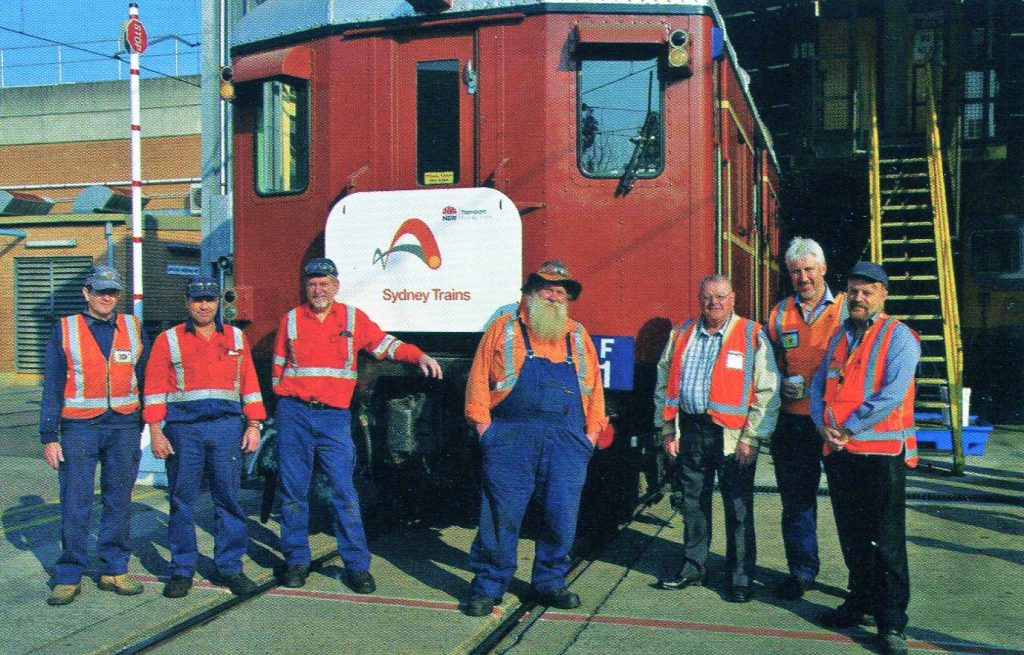
Some of the proud project team at Flemington including fitter John Wilson, team leader John Snider and Barry Goodsell from HET.
The project included;
- Source, supply and fit train radios for two different cab layouts using 36v power supplies where 120v was the norm;
- Design and fit speedometers, once again in two different configurations;
- Source and fit data loggers and GPS logger and design vigilance controls;
- Develop crew training procedures where none existed and then train sufficient crew for the proposed operations;
- Design safety controls around the manual doors which would afford an equivalent level of risk control to that offered by modern electric stock;
- Review and implement TMP (Train Maintenance Procedures), re profile train wheels and establish a certification system and recovery procedure.
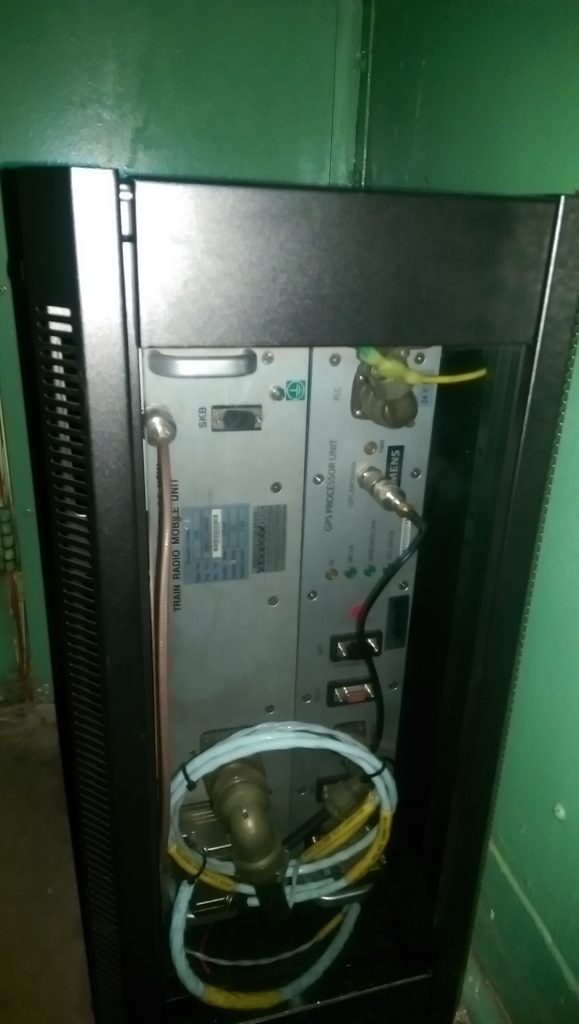
Data logger and GPS as fitted to C3426 sits in rack behind drivers’ cab. Thsi unit records speed, power, brake applications as required on all Sydney Trains vehicles. It also communicates with the network to let it know the exact location of red Set F1 using GPS coordinates. Definitely NOT “1926” technology!
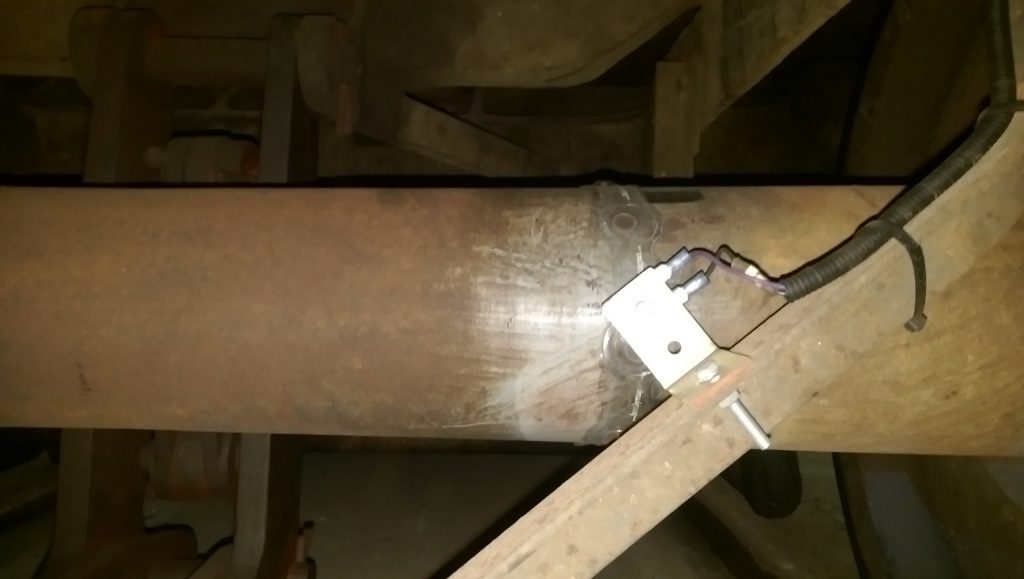
Recessed magnets and hall effect sensor as fitted to axle of trailer bogie under No1 end of C3426. This unit is used to indicate actual vehicle speed.
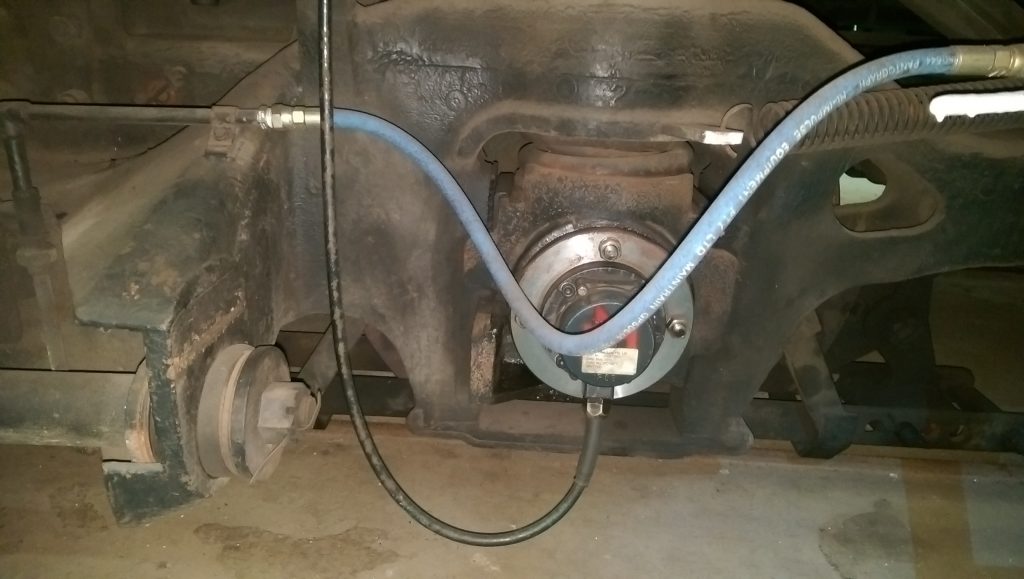
C7396 presented some different challenges to the team due to it being a four motor car. Motor axles are enclosed by the axle hung motor, meaning there was nowhere to put the hall sensor and magnets. In its’ place, a “Tangara” style axle box speed sensor is fitted to the No. 2 axle to perform the same job. The irony is off the scale… considering the relationship between the Tangaras and the red sets they replaced, a story you can read elsewhere on this web site!
The first trial of the modern era was conducted to Carlingford and passed its accreditation on 19th May 2016, with its first passenger trip on June 11th. F1 now operates identically to any other Sydney Trains service and includes GPS.
Sydney Trains provides two drivers, a guard, a trip manager and an onboard fitter for every operation of Set F1. Special “shakedown runs” are scheduled to ensure the train remains in good working condition. Sydney Trains also provides occasional assistance with heavy maintenance where it is possible to schedule the work in between other projects without causing delays to other repair work.
Transport Heritage NSW (NSW Rail Museum) plans public passenger trips and tours for F1, provides the associated publicity alongside its other services and provides online ticket sale facilities for public trips.
Historic Electric Traction (HET) provides specialist engineering advice and services for maintenance of Set F1. They are also responsible for major restoration work on both this train set and other heritage electric trains planned to return to traffic in the near future, of which they are custodians. HET also provide the required crew of ten door monitors required for the operation of each public F1 trip.

